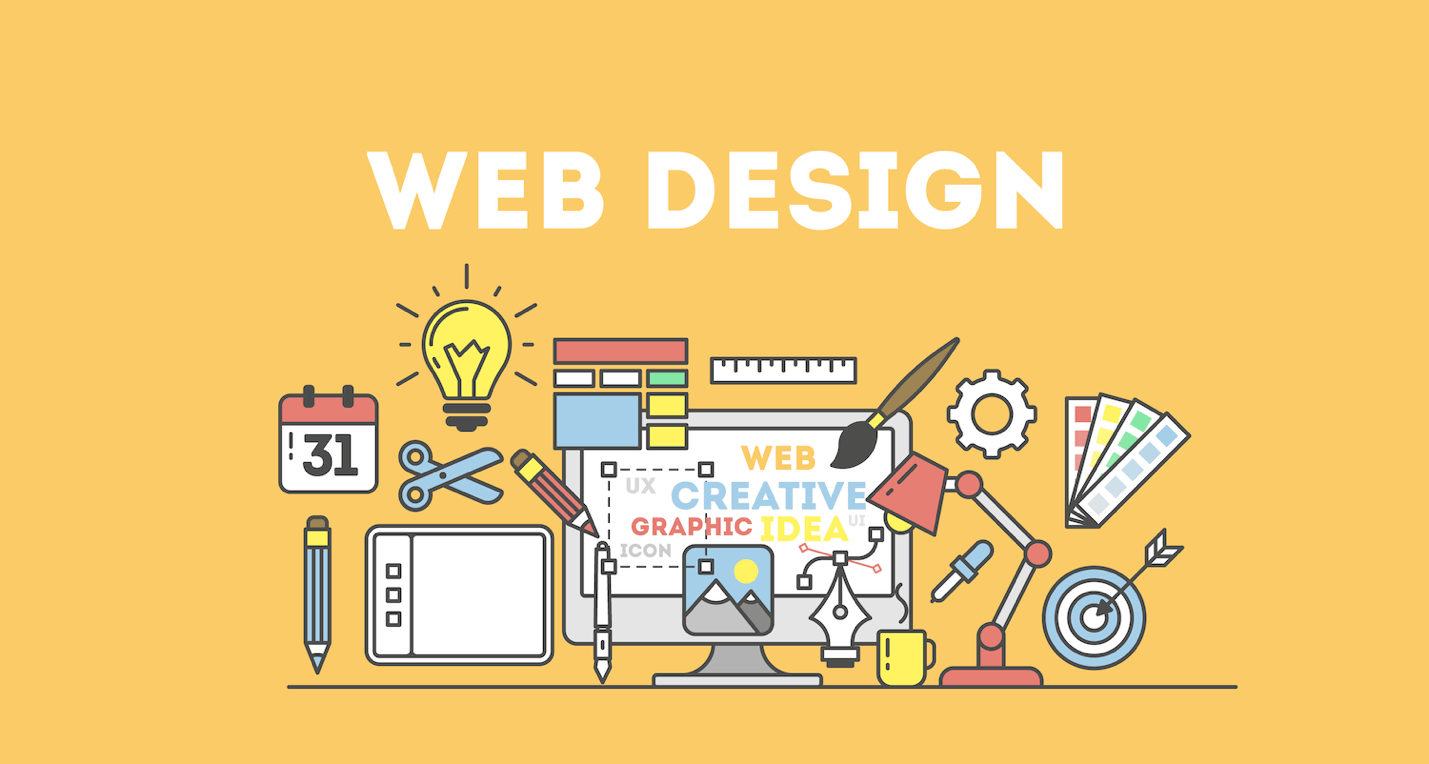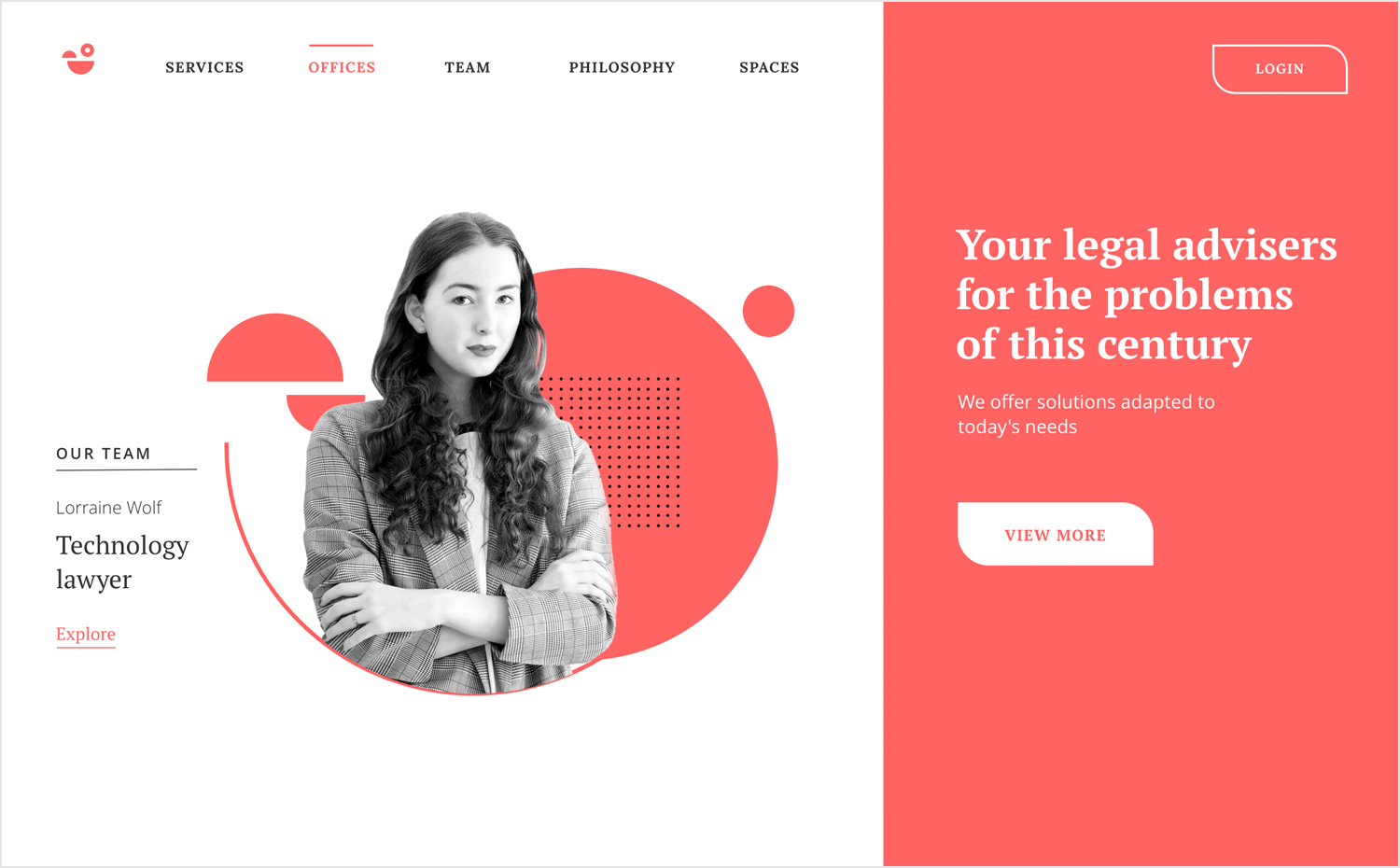Top Tips for Developing an Impactful Internet Site Style That Converts
To attain this, one must consider a selection of elements, including recognizing the target audience, prioritizing customer experience, and maximizing for mobile platforms. The critical use of compelling call-to-actions and a distinct visual power structure plays a vital duty in directing users with their journey.

Understand Your Target Market
Understanding your target market is fundamental to effective site design, as it lays the groundwork for producing an engaging user experience. Determining who your individuals are, including their demographics, choices, and habits, allows developers to tailor the website's web content, format, and functionality to meet details demands.
Performing complete market study is crucial in this process. Surveys, interviews, and analytics can give beneficial understandings right into customer expectations and discomfort points. By assembling this information, designers can produce customer personas that stand for different sectors of the audience, making certain that design decisions are notified and relevant.
In addition, recognizing the target market aids in picking ideal layout components such as color design, typography, and images that reverberate with individuals. A website that speaks directly to its target market promotes a feeling of link and count on, urging longer check outs and higher conversion rates.
Inevitably, a user-centered method to internet site style not only boosts user satisfaction but additionally supports organization goals by driving engagement and loyalty. By focusing on the demands and choices of the target market, a web site can properly offer its purpose and accomplish preferred end results.
Prioritize Customer Experience
To boost the general efficiency of a web site, prioritizing customer experience (UX) is vital (Website Design). A well-designed UX ensures that site visitors can navigate the website easily, locate details promptly, and involve with content meaningfully. This leads to raised individual contentment and higher conversion rates
Begin by applying instinctive navigation. Menus ought to be logically structured, allowing customers to locate essential locations of the site with minimal initiative. Uniformity in style components, such as color schemes and font styles, promotes experience, which is crucial for maintaining user engagement.
Furthermore, consider the filling speed of your web site. A delay of simply a few secs can cause significant drop-offs, as users are much less likely to wait for a slow-loading web page. Enhancing images and optimizing code can improve performance and maintain site visitors.
By prioritizing user experience, you not just produce a more enjoyable environment for visitors but additionally enhance your brand name's reputation. Eventually, an emphasis on UX is an investment in the lasting success of your site.
Optimize for Mobile Instruments
Enhancing for mobile phones is crucial in today's electronic landscape, where an increasing variety of individuals gain access to internet sites through mobile phones and tablet computers. A mobile-friendly design not only enhances customer experience but likewise plays a substantial role in improving online search engine rankings. To attain this, it is crucial to embrace a responsive style that immediately adapts to various display sizes and positionings.
Filling speed is one more essential element; mobile customers are normally less client and anticipate fast access to information. Enhance images and utilize web browser caching to boost performance. Ultimately, examination your site on several gadgets and display resolutions to determine and fix any possible usability concerns. By prioritizing mobile optimization, you ensure that your internet site remains competitive and properly engages a broader audience.
Usage Engaging Call-to-Actions
An internet site's efficiency commonly rests on its ability to lead site visitors towards preferred actions, making engaging call-to-actions (CTAs) necessary components of style. CTAs act as the critical factors that guide customers to engage with the site, whether that means making an acquisition, authorizing up for a newsletter, or downloading and install a source.
To produce reliable CTAs, clarity is paramount. Usage concise language that plainly interacts the action you want the individual to take. Phrases such as "Start," "Register Free," or "Store Now" not just share urgency but additionally remove obscurity. The positioning of CTAs is just as essential; they ought to be tactically positioned throughout the website to guarantee they are easily noticeable, specifically in high-traffic locations.
In addition, the style of CTAs should stand apart without being noticeable. Employ contrasting shades and clear typefaces to ensure they capture attention. read this Additionally, consider utilizing directional cues, such as arrowheads or photos, to assist users toward these buttons. By focusing on these components, businesses can dramatically improve individual engagement, driving conversions and inevitably achieving their site's goals.
Concentrate On Visual Hierarchy
Efficient internet site design counts heavily on a well-structured visual power structure that guides individuals via web content perfectly. By organizing aspects in a way that focuses on information, developers can boost user experience and facilitate decision-making. This includes making use of size, color, contrast, and spacing strategically to accentuate the most important parts of a web page.
Using bigger fonts for headings and subheadings establishes a clear distinction in between different sections, enabling customers to check content easily. Additionally, utilizing different colors for switches and calls-to-action can capture individual interest and urge interaction. Whitespace is an additional essential element; it stops mess and makes it possible for individuals to concentrate on crucial messages without disturbances.
Images and graphics need to match the message while likewise sticking to the well established power structure, enhancing the total message (Website Design). Uniformity in style components, such as color pattern and typography, more strengthens the visual hierarchy, making navigation user-friendly

Verdict
To conclude, efficient site design requires a comprehensive understanding of the target market, prioritization of customer experience, and mobile optimization. The critical use compelling call-to-actions and useful site a well-defined visual hierarchy further enhances individual interaction. By executing these principles, internet sites can accomplish greater conversion prices, making sure that style components not only attract visitors however also help with seamless navigating and communication. Eventually, a well-executed site style functions as an important element in driving user activities and achieving service objectives.